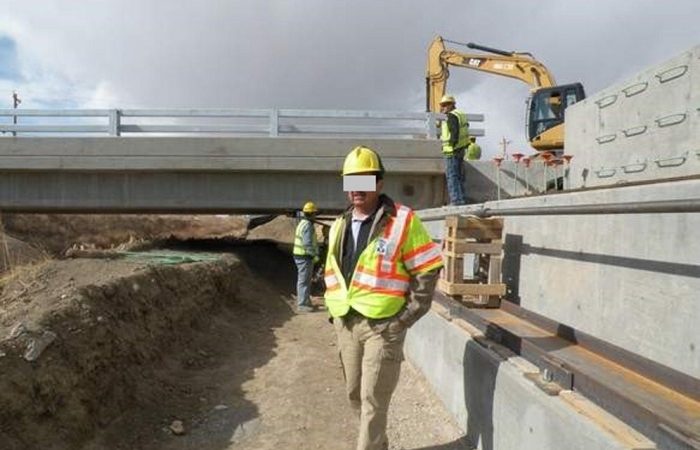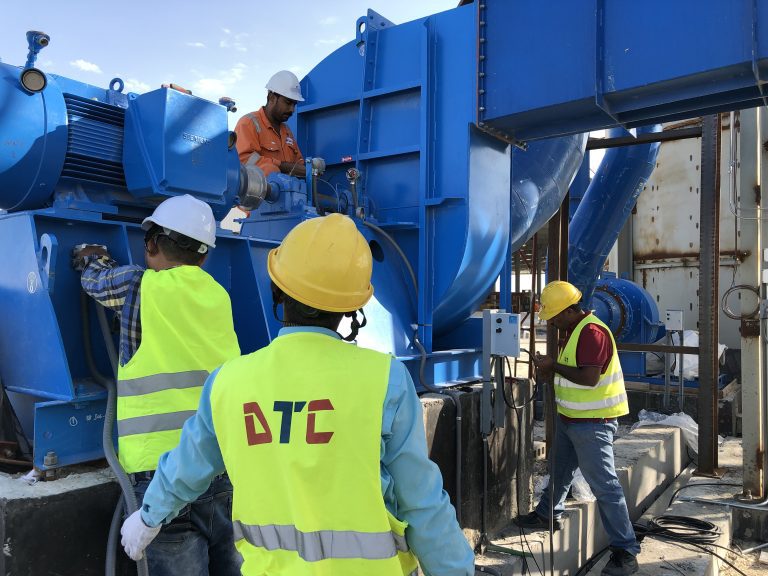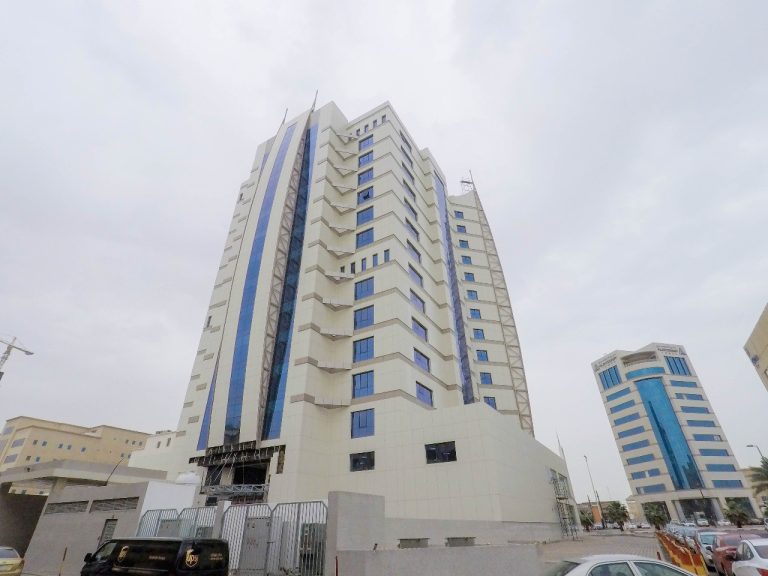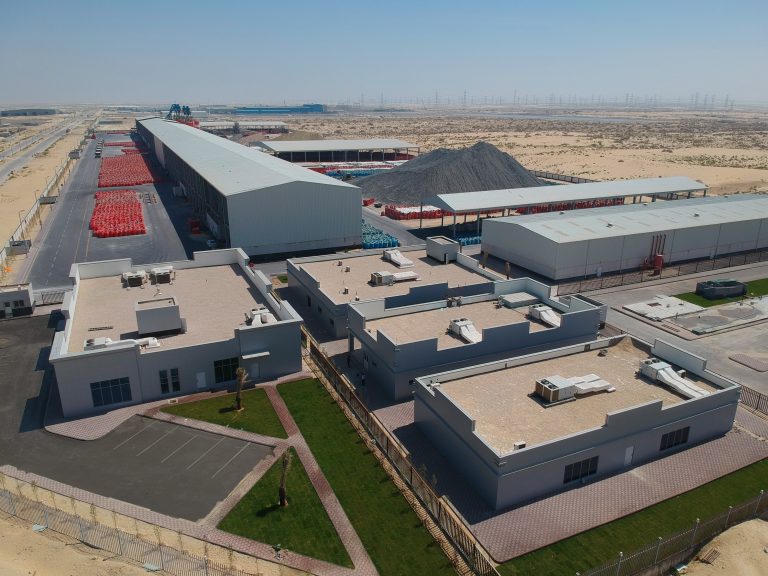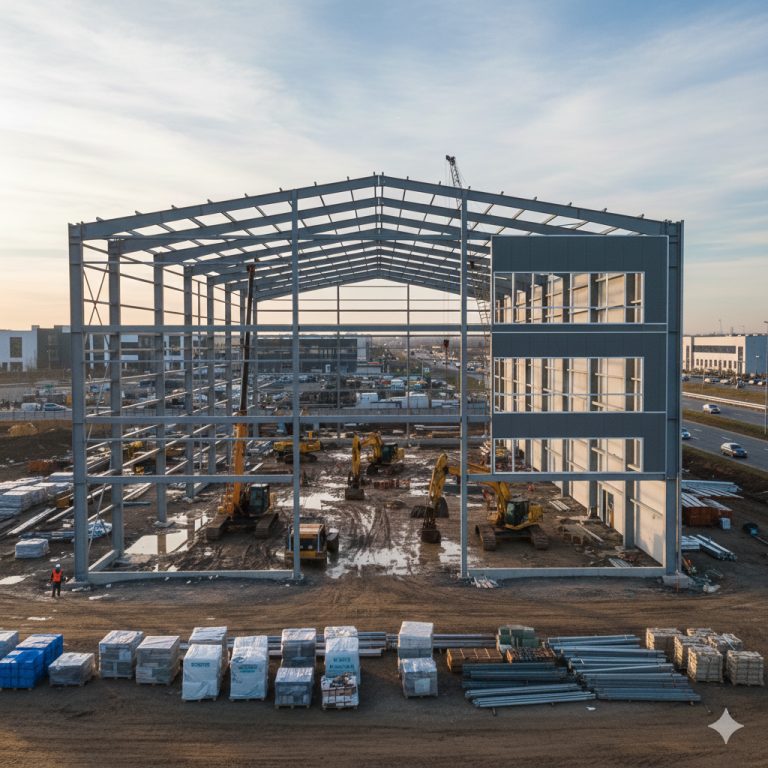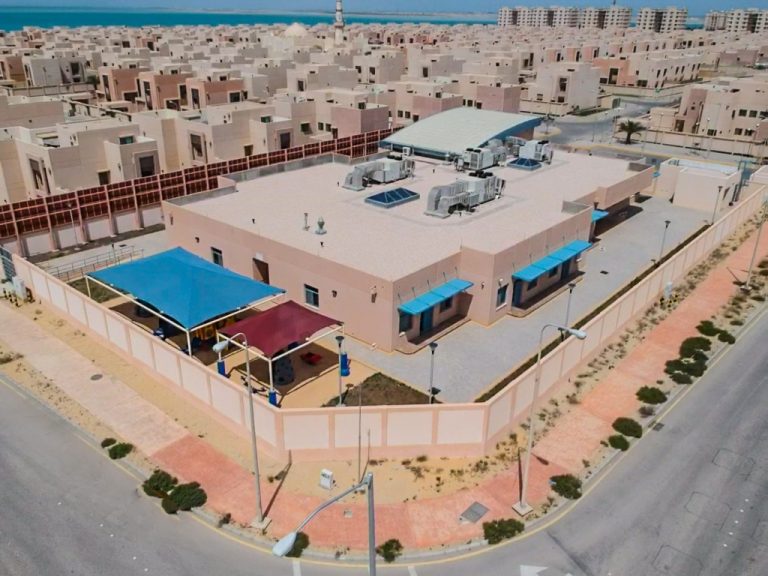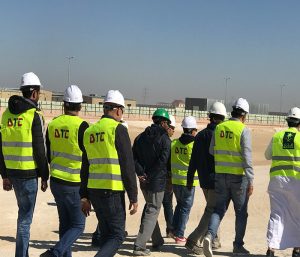What infrastructure mean?
Infrastructure is the basic physical and organizational structures and facilities (e.g. buildings, roads, power supplies) needed for the operation of a society or enterprise. In this blog post, we will explore what infrastructure means and why it is important for the operation of our society. We will also discuss some of the different types of infrastructure and how they are used in our everyday lives.
Infrastructure works
There are many different types of infrastructure works that can be undertaken to improve a country’s roads, railways, airports, and other transportation networks. These projects can range from small-scale repairs to major construction projects.
Some common infrastructure works include:
– repairing and maintaining existing roads and bridges
– constructing new roads and bridges
– upgrading railway tracks and stations
– constructing new airports or expanding existing ones
– building port facilities
Each type of infrastructure work has its own unique challenges and considerations. For example, when repairing an existing road, workers must take care not to damage the surrounding environment. When constructing a new road, care must be taken to ensure that it is built to last and can handle the expected traffic volume. And when upgrading a railway track, workers must be mindful of the safety hazards involved.
No matter what type of infrastructure work is being undertaken, it is important that the project is well planned and executed in order to minimize disruptions to the community and the environment.
Earth and Enabling Works
In order to understand what infrastructure means, one must first understand the term “enabling works”. Enabling works are defined as “the set of operations necessary to prepare an area for development or construction”[1]. In other words, enabling works are those that must be completed in order for a project to proceed.
There are many different types of enabling works that can be required for a project, but some of the most common include site clearance, earthworks, and utility connections. Depending on the nature and scale of the project, the required enabling works can vary significantly.
For example, a small residential development may only require site clearance and earthworks, whereas a large commercial development could require all three types of enabling works plus others such as demolition and environmental remediation.
No matter what type of project you’re undertaking, it’s important to factor in the cost of any required enabling works when budgeting for your overall project. Failing to do so could result in significant delays and cost overruns further down the line.
Road Works, Bridges and tunnels
There are many different types of infrastructure, but road works, bridges and tunnels are some of the most important. Road works involve the construction and maintenance of roads, bridges and tunnels. This type of infrastructure is vital for the transportation of people and goods. Bridges and tunnels can be found all over the world, and they play a crucial role in connecting people and communities.
Special Structures
There are many types of infrastructure, but some examples include:
-roads and highways
-bridges
-tunnels
-dams
-canals
-water treatment plants
-power plants
-waste management facilities
Landscapes works
There are many different types of infrastructure works that can be undertaken in order to improve the landscape of an area. This can include anything from improving drainage and soil stability, to planting trees and shrubs, to creating footpaths and cycle ways.
Landscaping works can have a huge impact on the appearance of an area, and can also make it more functional and enjoyable to use. If you are thinking about undertaking any infrastructure works in your local area, it is important to consult with a professional landscaper first in order to ensure that the work is carried out correctly.
Design Reviewing & Value Engineering
Design reviewing and value engineering are integral parts of the infrastructure development process. Design review helps to ensure that the project is feasible and will meet the needs of the community, while value engineering ensures that the project is cost-effective. Both processes help to make sure that the final product is of high quality and will be able to withstand the demands of daily use.
Infrastructure Definition & Meaning
Infrastructure is the basic physical and organizational structures and facilities (e.g. buildings, roads, power supplies) needed for the operation of a society or enterprise.
The term is often used to refer to the technical structures that support an economy such as transportation networks, communication systems, and energy facilities. It can also include public institutions such as schools and hospitals.
In a more general sense, infrastructure can be defined as the basic components of any system.
What infrastructure mean?
There are many infrastructure components that contribute to the success of a business or organization. Here are a few examples of what infrastructure means:
– The physical infrastructure, which includes the buildings, roads, and other physical assets that are necessary to support the operations of a business.
– The technological infrastructure, which includes the computer systems and other technology that a business uses to operate.
– The organizational infrastructure, which includes the policies, procedures, and other systems that a business uses to organize its operations.
What are 3 different types of infrastructure?
There are many different types of infrastructure, but three of the most common are transportation, utilities, and communication.
Transportation infrastructure includes roads, bridges, railways, and airports. It is the backbone of any country’s economy and is essential for the movement of people and goods.
Utilities infrastructure consists of the systems that provide water, electricity, and gas to homes and businesses. These are critical services that must be reliable and affordable.
Communication infrastructure includes telephone lines, internet networks, and television broadcasting facilities. It is important for both commercial and personal interactions.
What is infrastructure example?
There is no one-size-fits-all answer to this question, as the term “infrastructure” can refer to a wide variety of things. However, some examples of infrastructure might include roads, bridges, power plants, water treatment facilities, and sewer systems.
What is construction of infrastructure?
There are many definitions for infrastructure, but in general it refers to the basic facilities and systems that support a society or enterprise. This can include roads, bridges, railways, water and sewer systems, power plants and transmission lines, telecommunications networks, and so on.
In some cases, infrastructure may also refer more specifically to the above-ground structures that support or house these facilities and systems, such as buildings or dams. It is also sometimes used interchangeably with the term “public works.”
Construction of infrastructure is a critical process in developing any society or enterprise. Without a solid foundation of infrastructure in place, it would be very difficult for a city, country, or company to function properly. This is why governments and businesses invest heavily in building and maintaining infrastructure.
There are many different types of construction projects that can fall under the umbrella of infrastructure construction. Some common examples include:
• Building new roads and highways
• Constructing or repairing bridges
• Laying down railway tracks
• Installing water pipes and sewage systems
• constructing dams or levees
• Building power plants or transmission lines
• erecting telecommunications towers
What are 3 different types of infrastructure?
1. Social Infrastructure
2. Economic Infrastructure
3. Physical Infrastructure
What is meant by infrastructure projects?
In order to understand what is meant by infrastructure projects, it is first necessary to understand what infrastructure is. Infrastructure refers to the basic physical and organizational structures and facilities that are needed for a society or enterprise to function. This can include things like roads, bridges, railways, water and sewer systems, power plants, telecommunications networks, and so on.
While some infrastructure is needed for a society to function at a basic level, other infrastructure is required in order to support more advanced levels of economic activity. For example, a country with a developed economy will typically have a more extensive and sophisticated infrastructure than a country with a less developed economy.
Infrastructure projects are those initiatives that seek to improve or build upon existing infrastructure. These can be small-scale projects, such as the construction of a new bridge or the expansion of an existing railway line. Or they can be large-scale projects, such as the development of an entirely new road network or the creation of a new power plant.
There are many different reasons why Infrastructure Projects might be undertaken. Sometimes they are undertaken in order to address specific problems or deficiencies in the existing infrastructure. For example, if there is a shortage of power generation capacity then a government may commission the construction of new power plants. In other cases, infrastructure projects may be undertaken in order to facilitate future economic growth. For example, if a region is expected to experience rapid population growth then new roads and housing developments may be required in order to accommodate this growth

